Species Identification Quiz
1/60
There's no tags or description
Looks like no tags are added yet.
Name | Mastery | Learn | Test | Matching | Spaced |
|---|
No study sessions yet.
61 Terms
Sand Pine (Pinacea)
2 needles per bundle
very short needles
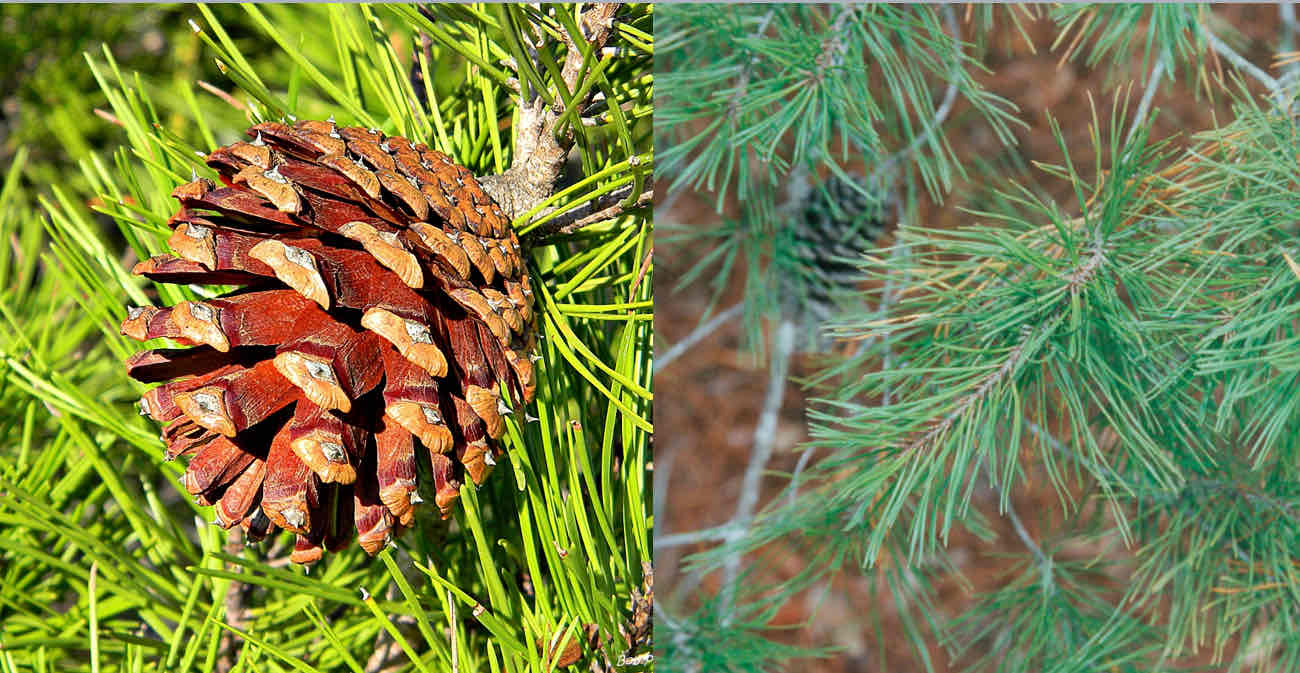
Pinacea
Thin, needle-like leaves
Almost always trees
Reproduces with cones
Longleaf Pine (Pinacea)
3 long needles per bundle
Light colored meristem or branch tips
Fire adaptations : few to no low lying branches, distinct, juvenile stage (grass and bottlebrush stage), burn scars

Pond Pine (Pinacea)
3 needles per bundle
Dark meristem
No fire adaptations, low lying branches, indistinct life stages, often found near water, often grow crooked, needles can grow directly from trunk

Chapman’s Oak (Fagaceae)
“Duck foot” leaf
Short, shrubby
Less than 6cm

Fagaceae
Acorns (just Quercus)
Spirally arranged or alienating leaves, often with lobed edges
Leaves may have different color or texture on bottom
Multiple terminal buds
Myrtle Oak (Fagaceae)
Shrub
Ocular leaves, usually curled in
Common in arboretum
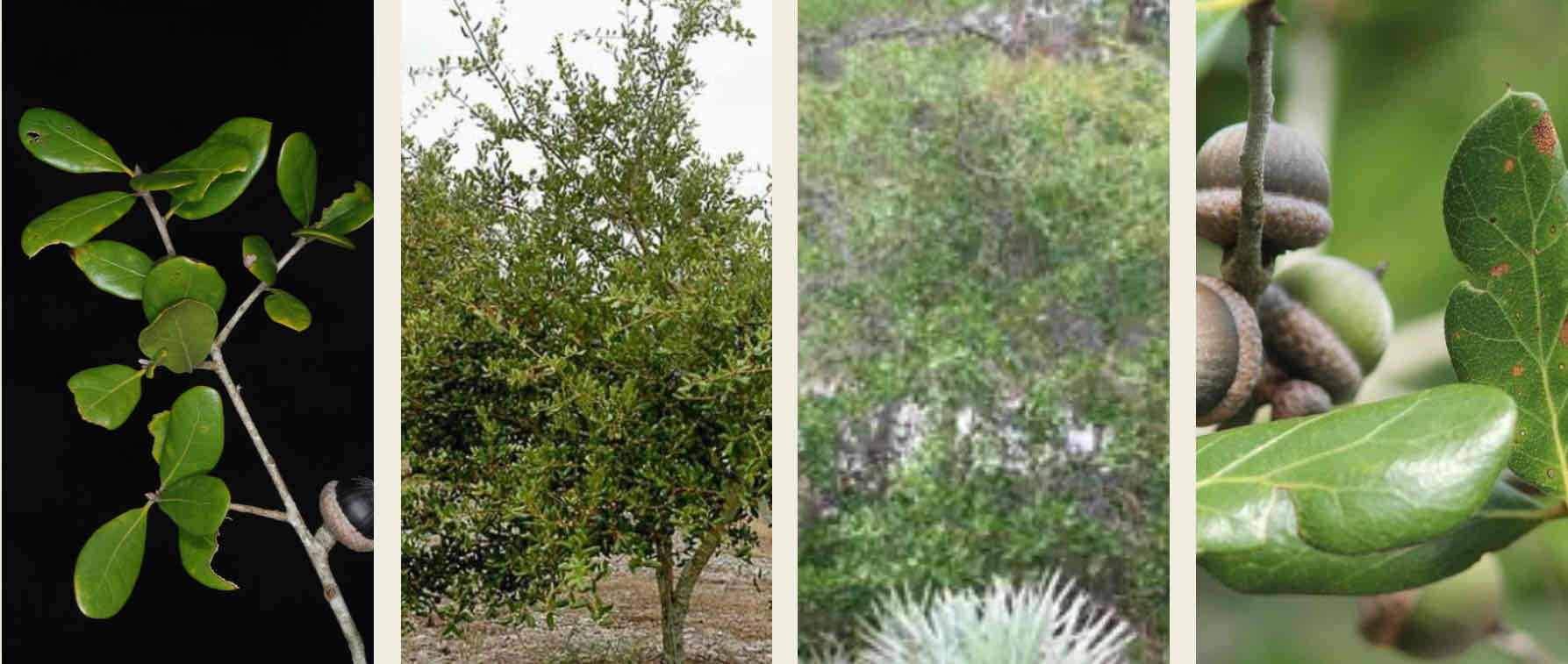
Sand Live Oak (Fagaceae)
Large branches, more tree-like-growth (as opposed to shrub)
Curled leaves
“Ugly bark”
Pointed the “tine” at the end of leaves
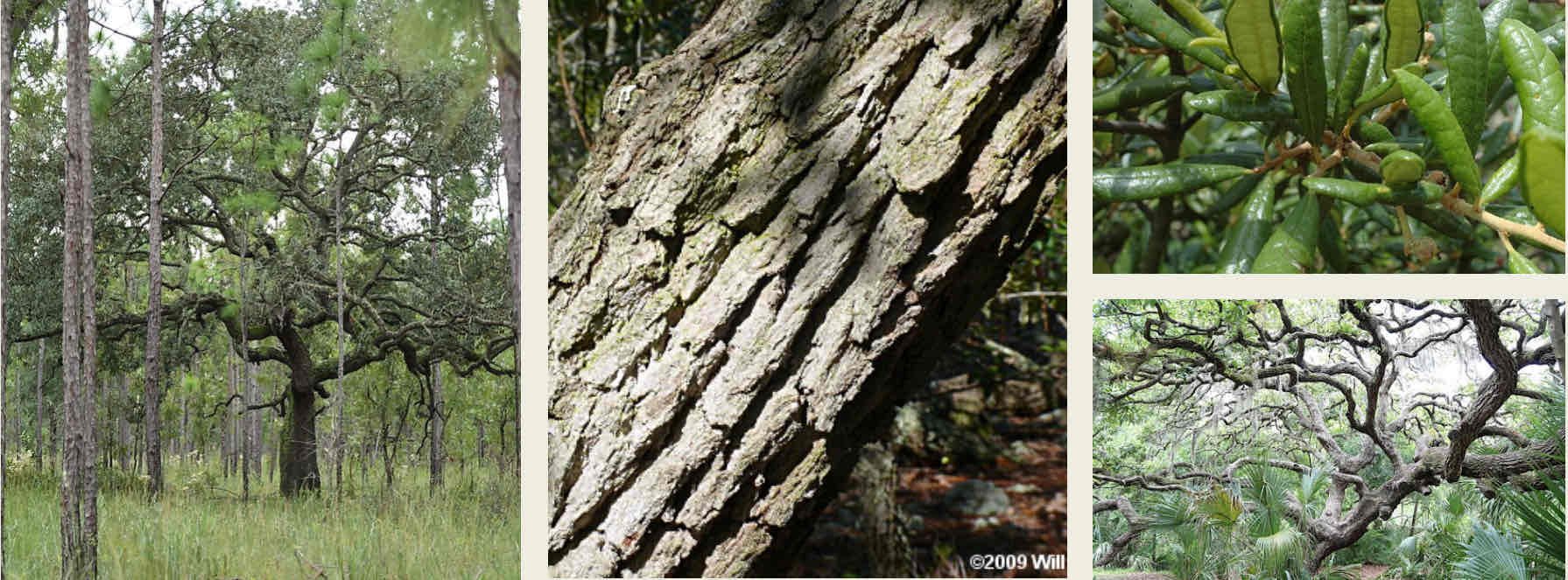
(Southern) Live Oak (Fagaceae)
Just call it “live oak” on your quiz
Thick branches, tree-like growth
Flat, uncurled leaves
Pointed “tine” at the end of the leaves
“Smooth” bark
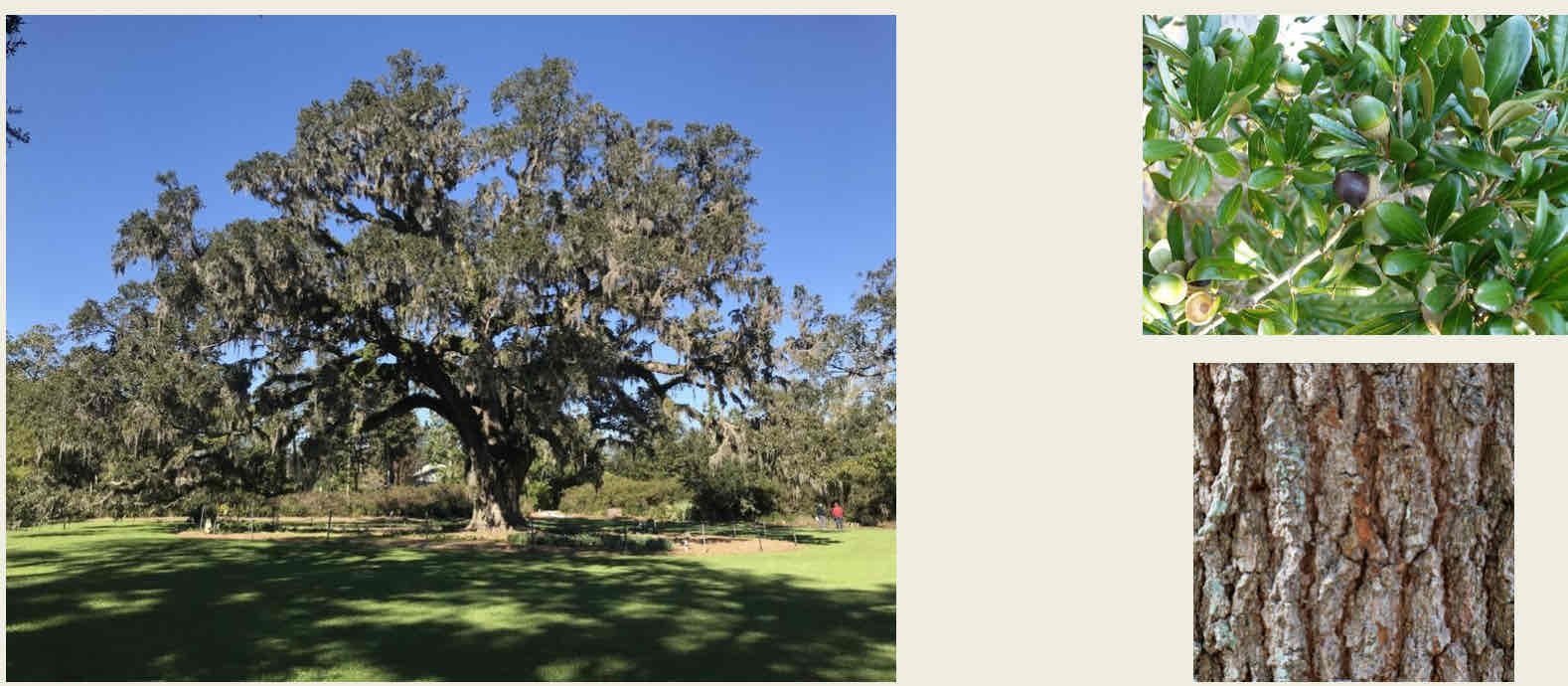
Cabbage Palm (Arecaceae)
Costapamate leaf
Still palmate, aka fan-shaped, but with a well defined midrib
Juveniles look like SAW PALMETTO but adults look like standard palm tree
Because they are your standard palm tree

Saw Palmetto (Arecaceae)
Palmate leaves
No midrib
Fire adaptations : Horizontal stem that usually grows underground
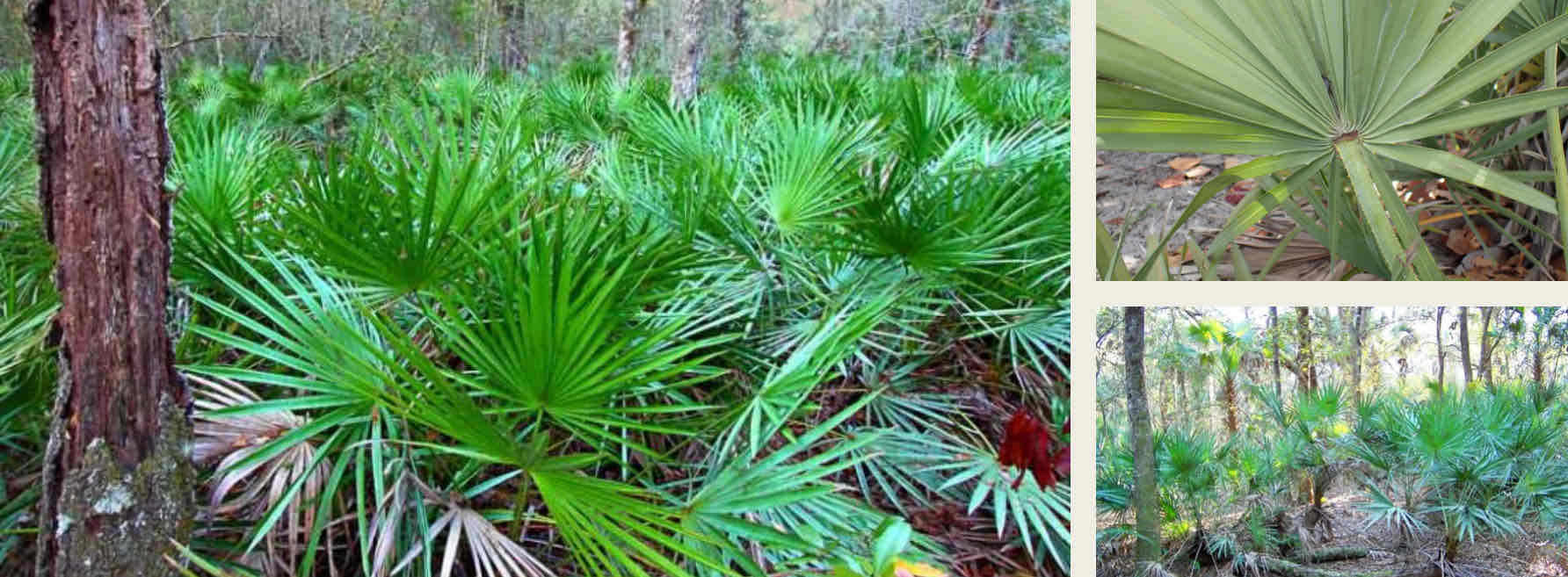
American Beautyberry (Lamiaceae)
Fuzzy Leaves
Simple, opposite, serrated
Brightly colored berries grown in clumps

Lamiaceae
Mint family (Rosemary, thyme, spearmint, lavender, sage, basil, etc.)
Square stem
Simple, opposite leaves
Usually hairy
Very aromatic
Gallberry (Aquifoliaceae)
Look similar to oaks but have black berries instead of acorns
Short shrubs, less than 3 cm

Aquifoliaceae
Holly family
Evergreen trees, shrubs, and climbers
Simple, alternate, glossy leaves
Fruit looks like a berry
Winged Sumac (Anacardiaceae)
Large compound leaf
Wings along the petiole in between leaflets
Petiole - part of the leaf the connects to stem, think of it as a leaf-stem
For simple vs compound leaf, look for a small bud or Stipule at the base. Stipule , if present, always marks the base of the leaf

Anacardiaceae
Cashew/mango family
Alternating leaves, imparipinnate (compound leaf with one leaflet at the end) but sometimes simple
May smell like mango or turpentine
Rusty Staggerbush (Ericaceae)
Shrub
Red tips at the end of branches
Flowers/berries connect directly to the branches
Downward facing, vase-like flowers (Indicative of buzz pollination)
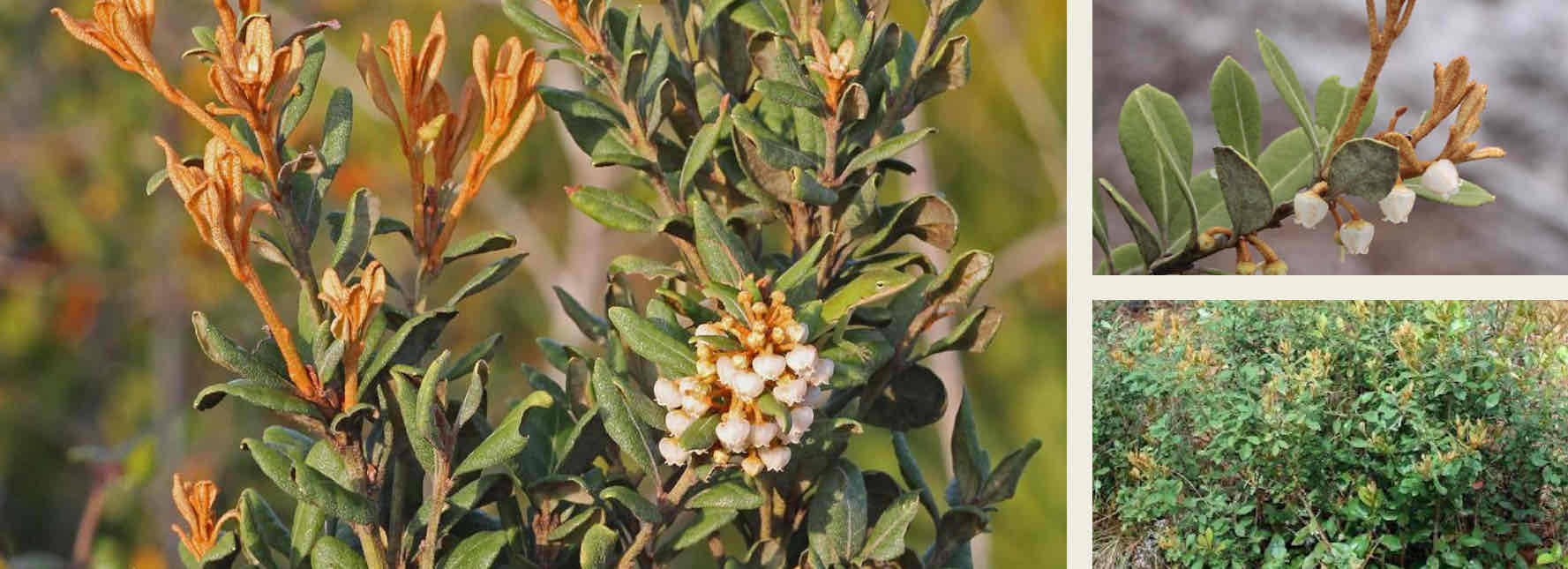
Fetterbush
Very similar to rusty staggerbush
Shrub
Look for yellow ring/highlight around leaf margins
Buzz pollinated flower

Shiny Blueberry (Ericaceae)
Tiny, shouldn’t come past knee height; leaves are also tiny
You usually shouldn’t trust size when IDing, but this is an exception
Buzz pollinated flowers
Fruit is blueberry; not commercial blueberry but still one
Do not eat unless confident in IDing!

Chalky Bluestem (Poaceae)
Blueish in color
Chalky to the touch
Thicker leaves than wiregrass
Looks like a standard tall grass
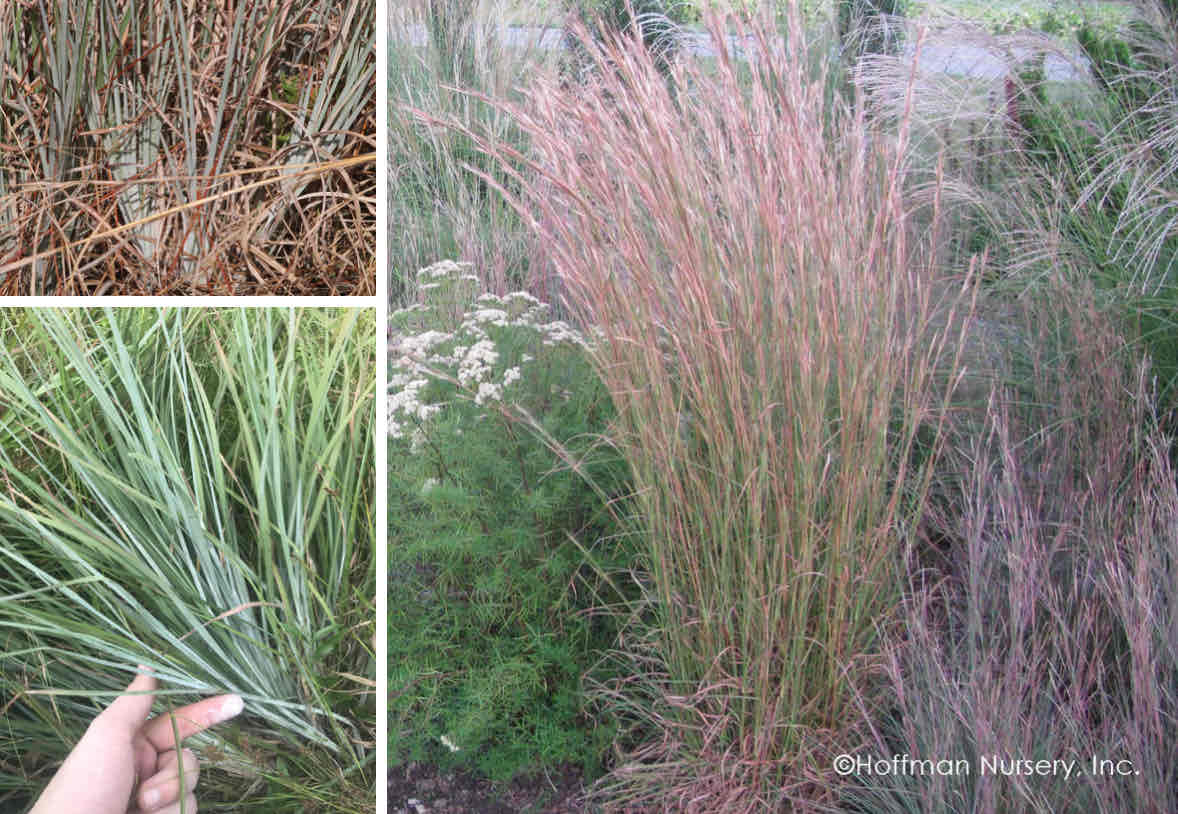
Poaceae
Grass family
Jointed stems with hollow internodes
Narrow leaves that sheathe around the stem
Veins run parallel down the length of the leaf
Wiregrass (Poaceae)
long, wifey, needle-like leaves
Easily confused with grass-stage long leaf pine
Fire adapted : structure helps catch flammable debris
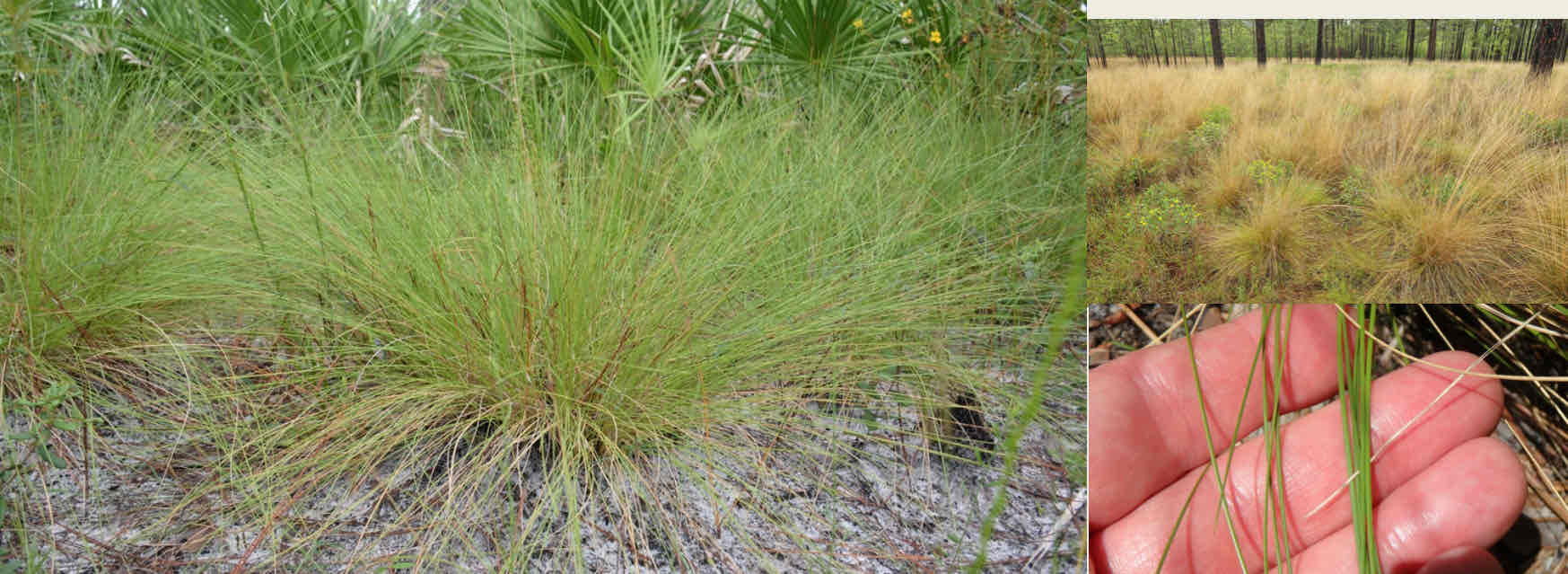
Prickly Pear Cactus (Cactaceae)
It’s a cactus

Muscadine Grape (Vitaceae)
Palmately lobed leaf
Veins fan out from base , large serrations
Tendrils always 180

Cactaceae
Succulent Photosynthetic stem
Leaves are modified into thorns
This means no true leave
Vitaceae
Grape family
Vines
Tendrils strictly opposite to leaves
Always 180 °
Greenbrier (Smilacaceae)
Thorny vines
Simple leaves with entire margin
Can have tendrils

Smilacaceae
One genus, Smilax
Eastern Mosquito Fish
Small
Upwards facing mouth
Distinct black spot on back of abdomen

Bluefin Killifish
Mouth in middle of face
Black line going the length of the body
Colorful fins; dorsal fins towards the back of the body

Golden Topminnow
Golden with red dots
Fins also towards rear of the body
Mouth in middle of the face
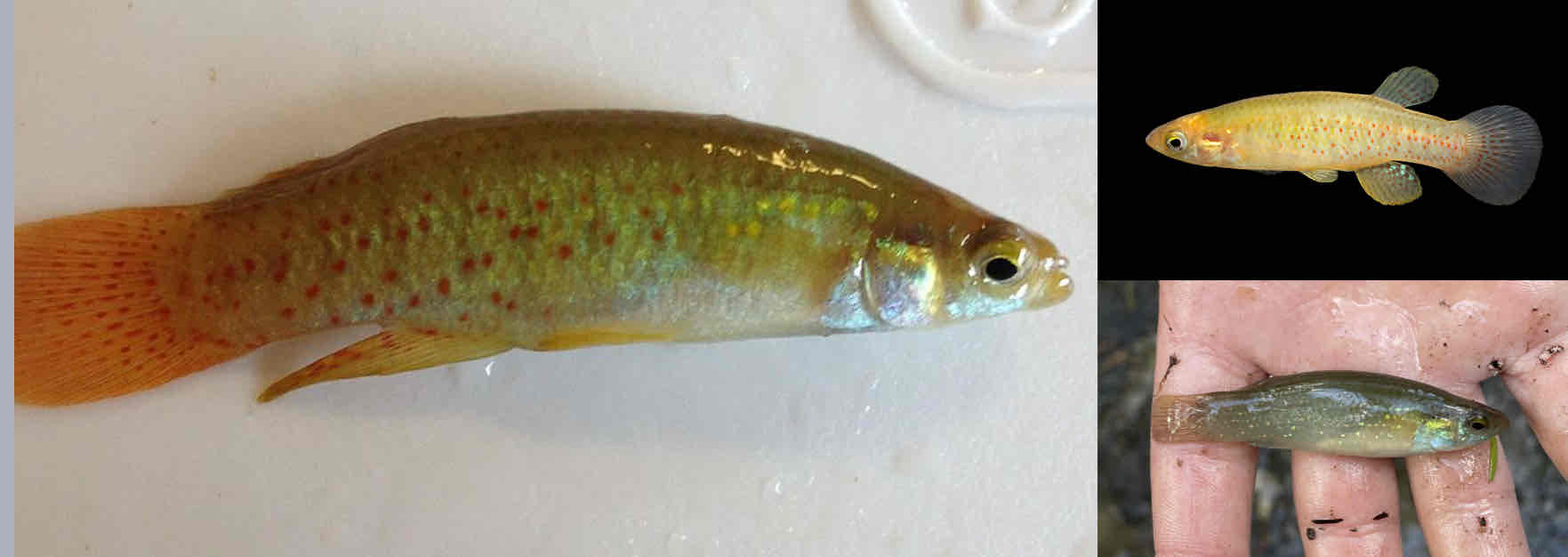
Swamp Darter
Downward facing mouth
Dorsal fins towards the front of the body
Blue(ish) dots down the side of the body

Least Killifish
Small vertical bars and black line running the length of the body
Upwards oriented mouth
Tiny

Ironcolor Shiner
Biggest “small” fish
Black line down the length of the body
Forked tail
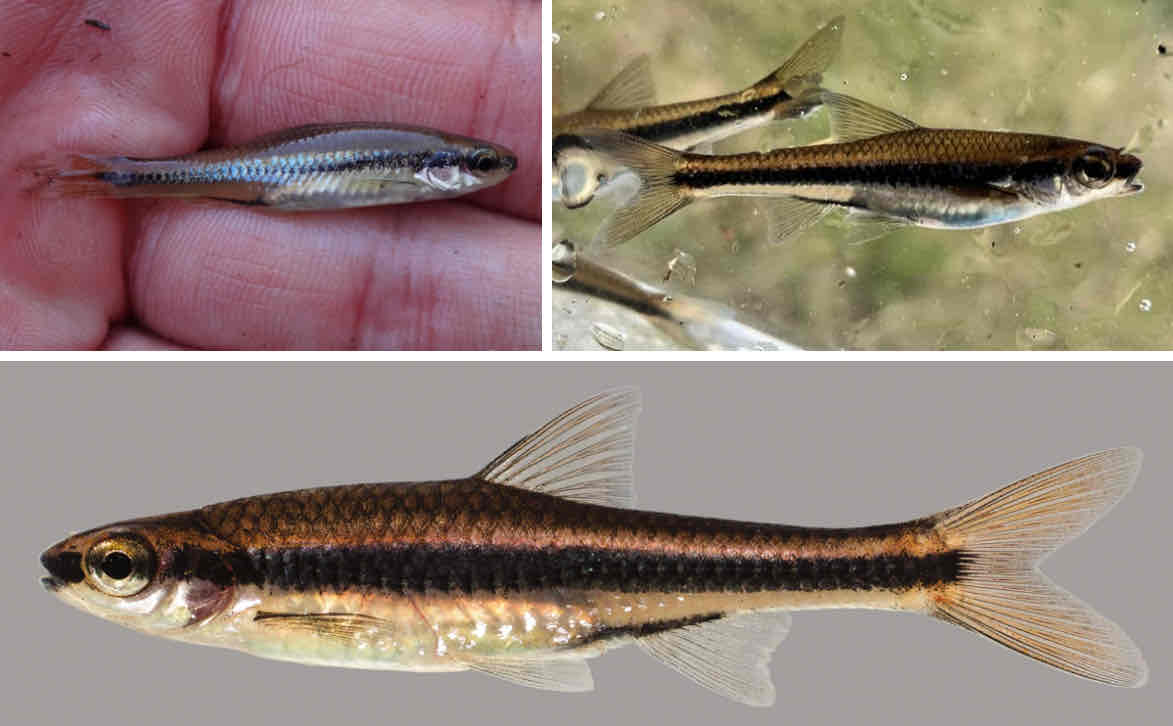
Bluegill
Wide body
Blueish green spot behind gills
Juveniles can have stripes
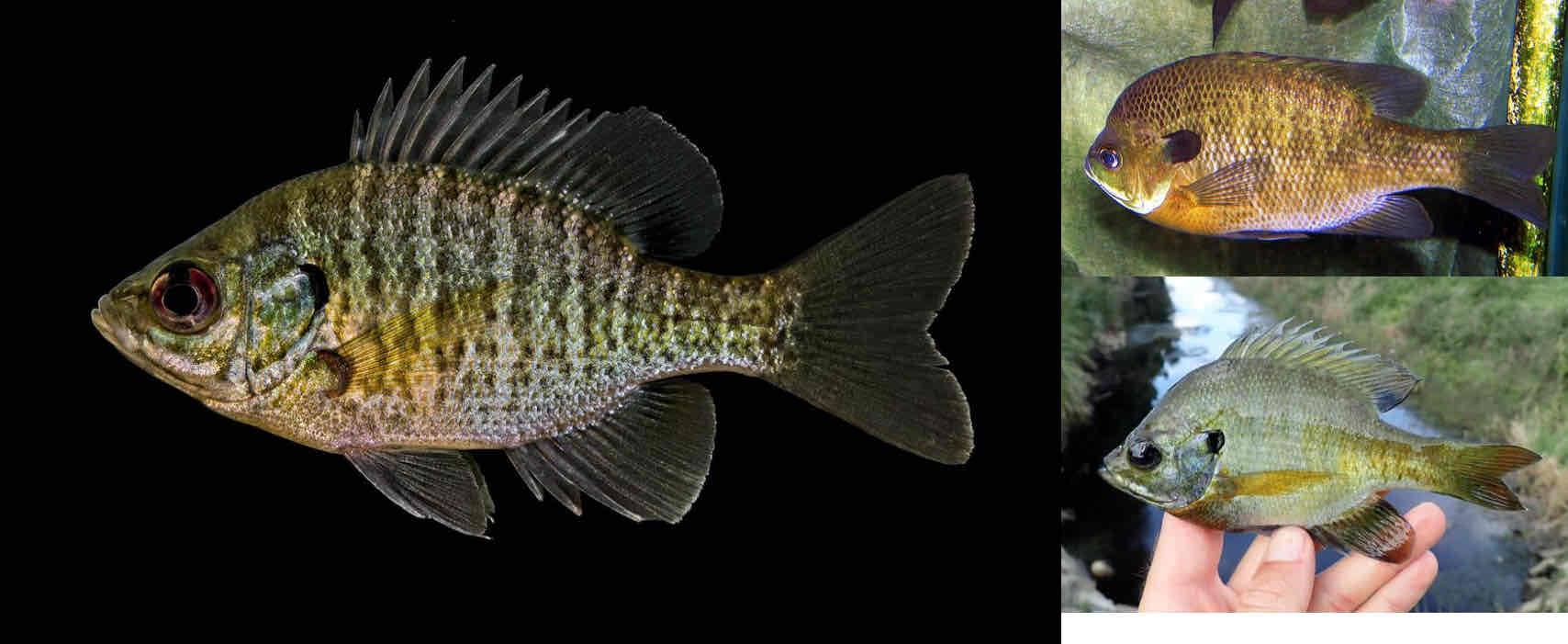
Blue Tilapia
invasive
Very large adults

Warmouth
Upwards facing mouth
Usually more colorful than bluegill

Florida Largemouth Bass
Classic game fish
Long body, large mouth
Mouth goes well past eye
Adults are big

Turkey Vulture
Big, bald
Redhead
White wing tips that go all the way to the body

American Crow
Medium sized, jet black
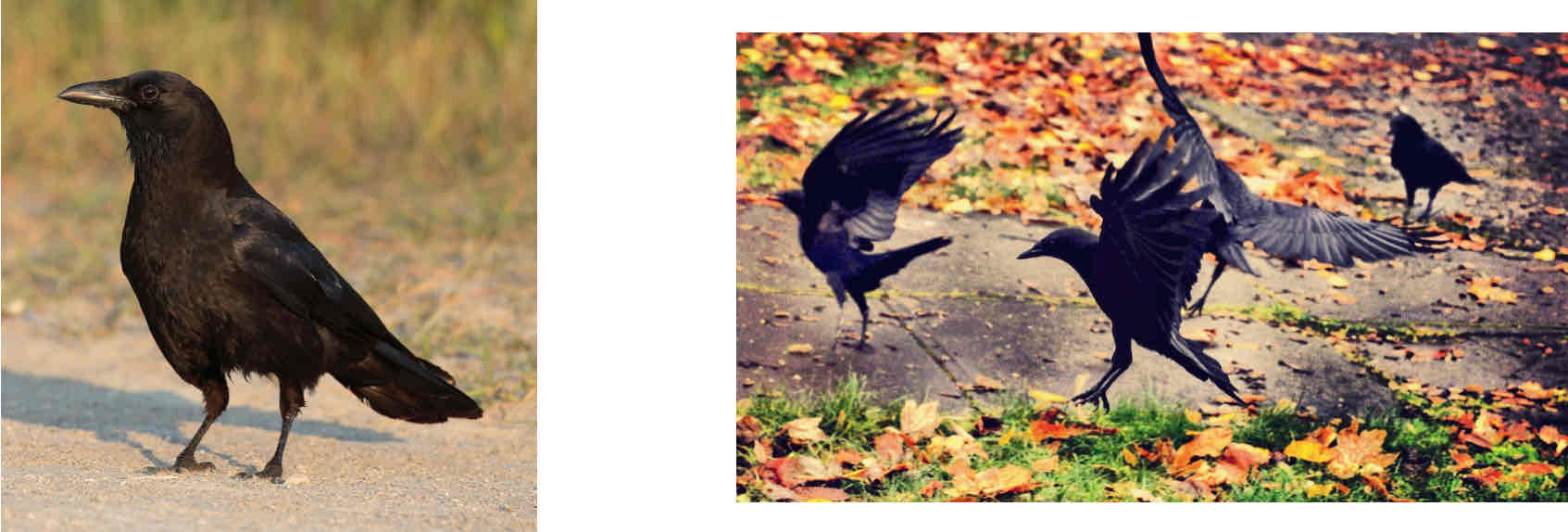
Black Vulture
big, bald
Look for white wing tips

Red-Shoulder Hawk
Reddish orange in color
Black wings with tail bar
Hawk shaped?
Flaps to fly rather than soar

White Ibis
Long , J-shaped beak
Black wing tips
Juvenile can be brown

Great Egret
S-shaped neck , bow out when they fly
Yellow beak, black legs and feet

Great Blue Heron
Blue body, orange beak, brownish legs
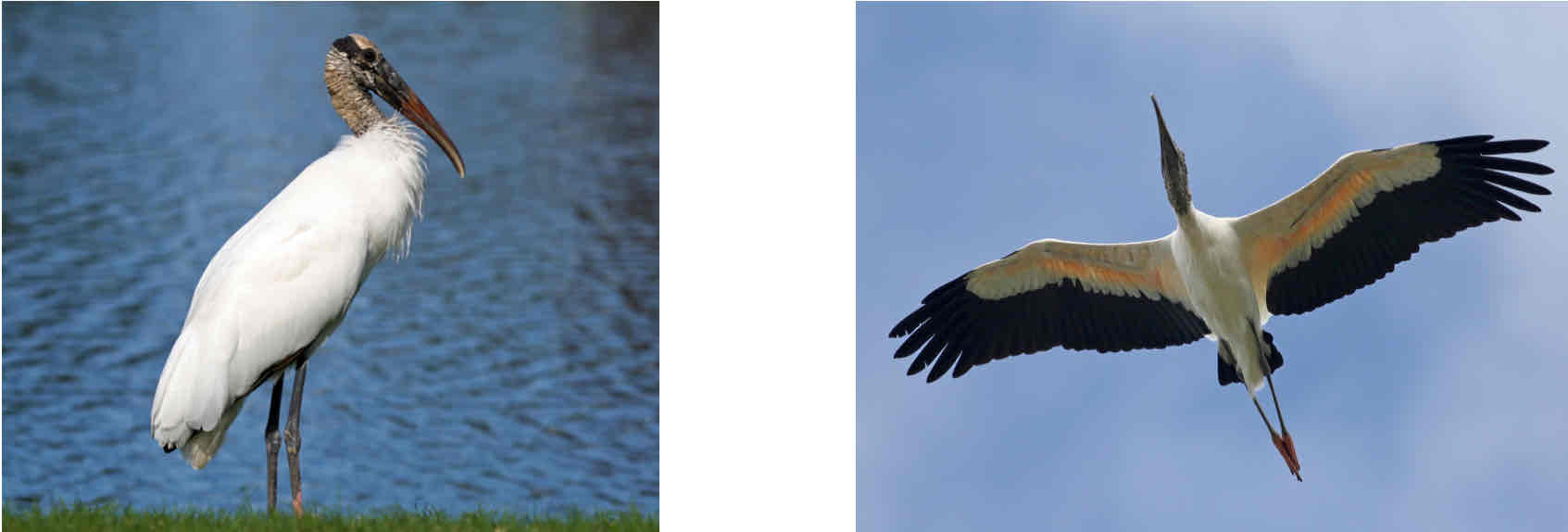
Woodstork
White body; black legs; black, naked face
Black wingtips
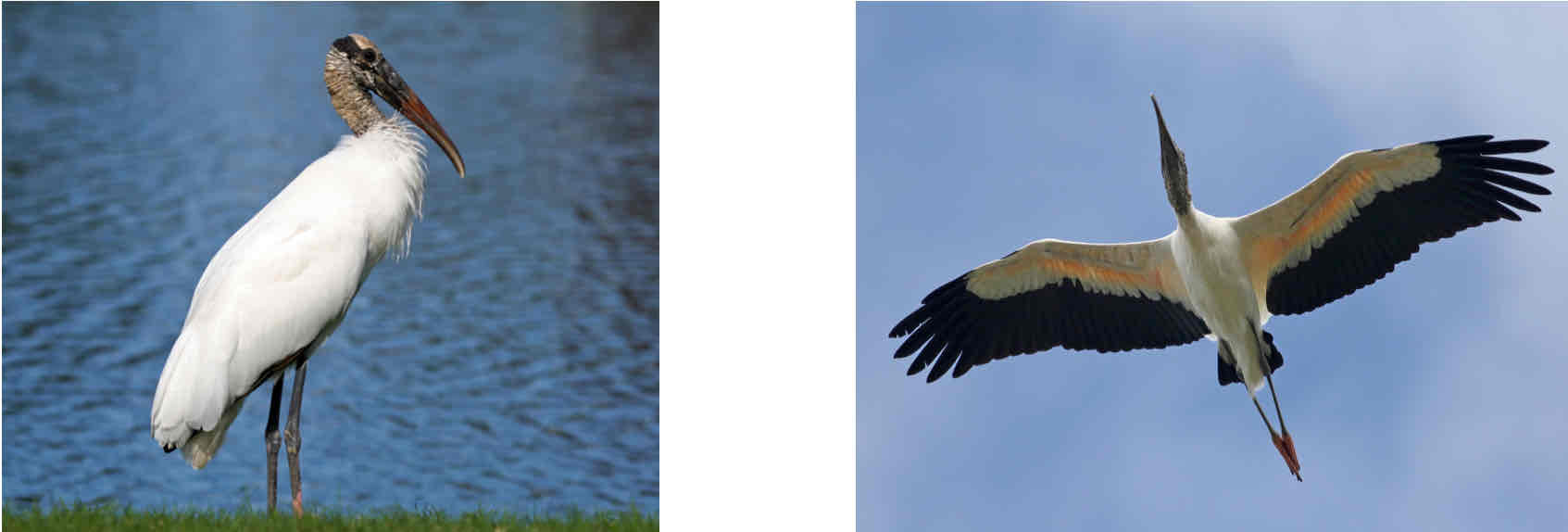
Sandhill Crane
lOOK FOR RED MASK
Big, angry
Most likely seen when going to school
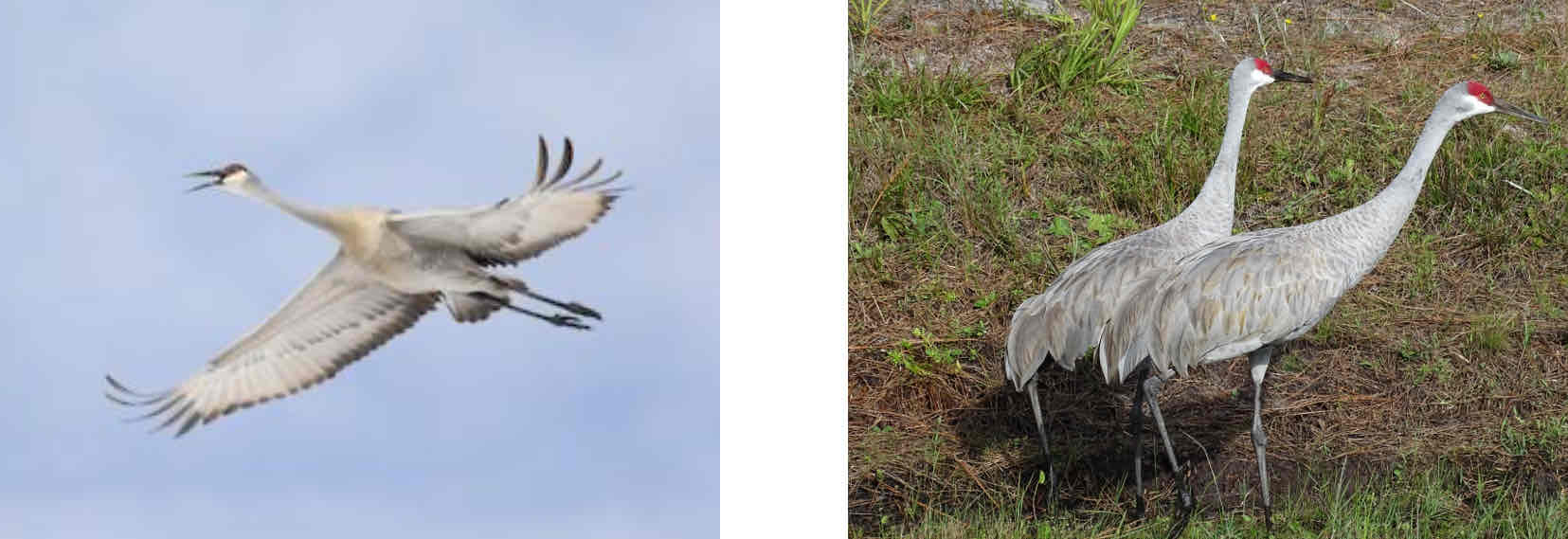
Little Blue Heron
Yellowish gray legs, blue beak with black tips; always check the legs
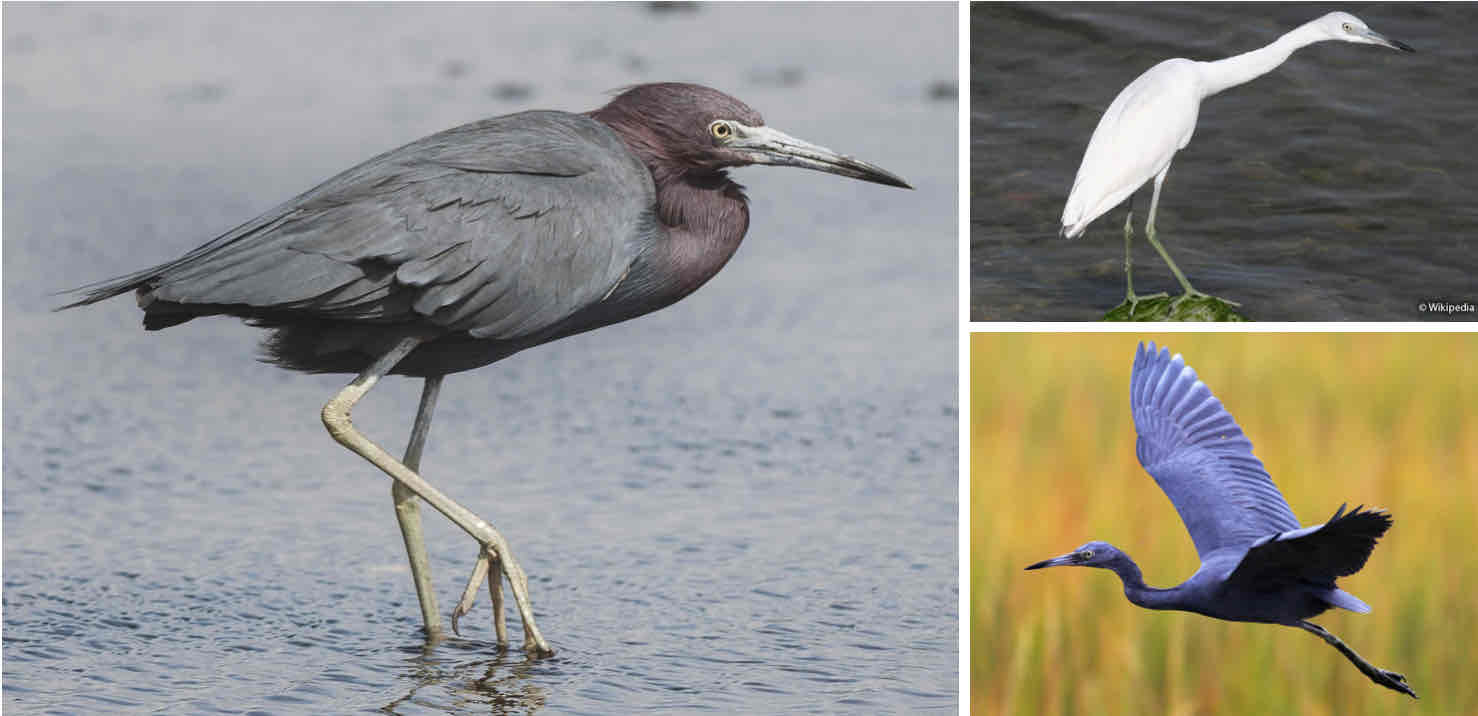
Anhinga
Easiest scientific to learn, common name twice
Snake bird
Bright yellow beak, long and pointed
Black males, brown females

Double Crested Cormorant
hooked beak is a dead giveaway
All black body, yellow face
Wings carve at the tips

Hooded Merganser
Large head crest, even in females
Duck shaped

Mallard
Classic duck
Often hybridizes and can be hard to distinguish between other ducks in the woild
Look for green head in males

Northern Mockingbird
Large for a perching bird
Black and gray
Lots of wing bars
Will mimic other birds

Northern Cardinal
Males are easy to ID and Females still have the Mohawk

Eastern Bluebird
Blue body, orange belly

Pileated Woodpecker
Red head crest, white wings with blue wing tips

Palm Warbler
Little round thing
Brown with yellow belly
White wing bars

Gray Catbird
All gray body with black hat
Call sounds like a cat
Brood parasites

Mourning Dove
Loud fliers
Call sounds like a person crying
Distinctive head shape
The only pigeon/dove you need to know

Gopher Tortoise
Gopherus polyphemus